The U.S. Department of Labor’s Occupational Safety and Health Administration filed a petition last week intended to reduce the instance of chronic respiratory illness and cancer among U.S. workers. The plan seeks to lower worker exposure to crystalline silica, a toxic particle that kills hundreds of workers and sickens thousands each year. OSHA’s proposed rule includes two separate standards-one for general industry and maritime employees and one for employees in the construction industry.
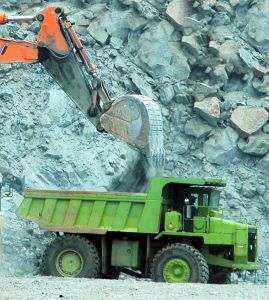 Currently, OSHA enforces a rule dated 40 years to regulate permissible exposure limits (PEL) for silica exposure, which is inconsistent between different work industries. The proposed rule would bring these PELs up to workplace standards and into the 21st century; greatly lowering the amount of silica exposure to workers. OSHA predicts that this new mandated policy would save nearly 700 lives per year and prevent 1,600 new cases of silicosis annually.
Currently, OSHA enforces a rule dated 40 years to regulate permissible exposure limits (PEL) for silica exposure, which is inconsistent between different work industries. The proposed rule would bring these PELs up to workplace standards and into the 21st century; greatly lowering the amount of silica exposure to workers. OSHA predicts that this new mandated policy would save nearly 700 lives per year and prevent 1,600 new cases of silicosis annually.
What is Crystalline Silica and Where Is It Found?
Crystalline silica is a micro component of soil, sand, granite, and other types of materials. Quartz, cristobalite, and tridymite are three types of crystalline silica. When materials containing crystalline silica are grinded, cut, or drilled the particles become respirable-sized. Crystalline silica is considered a human carcinogen, and can cause a variety of respiratory issues including lung cancer, silicosis, chronic obstructive pulmonary disease and kidney disease. When inhaled, crystalline silica causes scar tissue formation on the lungs, and debilitates the lungs’ ability to absorb oxygen. Silicosis, aside from being incurable, can lead to other infectious diseases and debilitating conditions including tuberculosis.
Silica exposure is a threat to nearly 2 million workers in the United States and is most common in construction jobs including abrasive blasting, foundry work, stone cutting, rock drilling, quarry work, tunneling, as well as maritime work. The most common exposures to workers in construction occur during abrasive blasting with sand to remove rust and paint from bridges, and other surfaces, as well as concrete mixing, concrete drilling, brick cutting, and rock drilling.
General industry employees are often exposed to crystalline silica particles from asphalt paving jobs, painting industries, cement and ceramic manufacturing, as well as soap and glass manufacturing.
Continue reading
 Massachusetts Workers' Compensation Lawyer Blog
Massachusetts Workers' Compensation Lawyer Blog



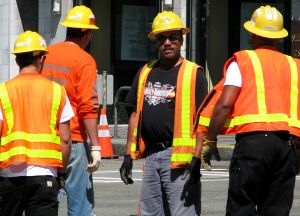 The victim, Edward Lake II, 60, died as he was unloading a bundle of rebar set to be used in the construction of the new $1.2 billion stadium. Both state and local authorities investigated the incident, and the lead construction manager halted work on the project for the remainder of Monday. The death is the second to take place at the site in four months. According to the contractor, employees would resume work on Tuesday and take part in safety meetings and be offered counseling.
The victim, Edward Lake II, 60, died as he was unloading a bundle of rebar set to be used in the construction of the new $1.2 billion stadium. Both state and local authorities investigated the incident, and the lead construction manager halted work on the project for the remainder of Monday. The death is the second to take place at the site in four months. According to the contractor, employees would resume work on Tuesday and take part in safety meetings and be offered counseling.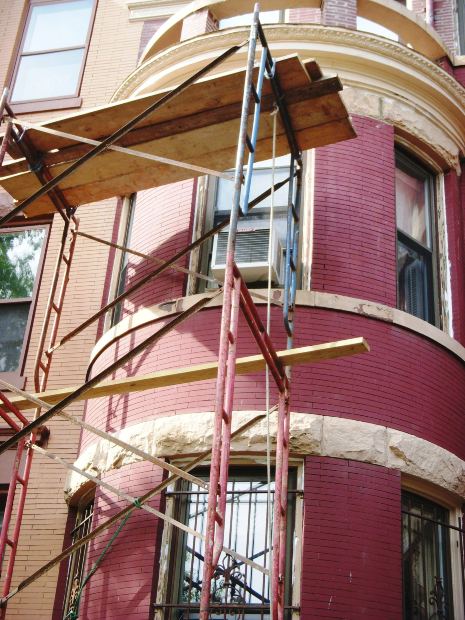 The construction business remains the most hazardous work industry in the United States, accounting for nearly 20% of all workplace fatalities annually. While both victims in this case are expected to survive, the incident serves as yet another reminder to construction workers of how dangerous their job can be. Carpenters and roofers incur risky situations on a day-to-day basis, and among these types of workers, falls are the leading cause of injury or death. In a report published by The Massachusetts Coalition for Occupational and Safety Health, out of the 32 reported work-related deaths in Massachusetts last year, six were cause by falls.
The construction business remains the most hazardous work industry in the United States, accounting for nearly 20% of all workplace fatalities annually. While both victims in this case are expected to survive, the incident serves as yet another reminder to construction workers of how dangerous their job can be. Carpenters and roofers incur risky situations on a day-to-day basis, and among these types of workers, falls are the leading cause of injury or death. In a report published by The Massachusetts Coalition for Occupational and Safety Health, out of the 32 reported work-related deaths in Massachusetts last year, six were cause by falls. 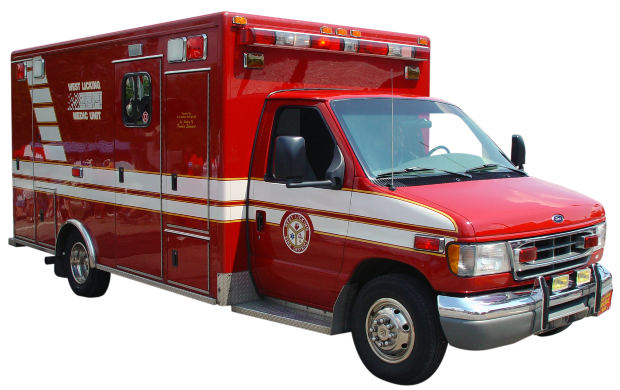 Witnesses to the incident said that there was no actual explosion rather there were plumes of heavy smoke rising out of the manhole where the two men were working. One of the men was able to get himself out immediately, but the other worker had to be pulled out by his safety harness. John Brewer, owner of Johnny B’s Car Care which is attached to the Mobile station the men were working at, said that one of the men he cared for had severe burns to his skin and his skin seemed to be melting off.
Witnesses to the incident said that there was no actual explosion rather there were plumes of heavy smoke rising out of the manhole where the two men were working. One of the men was able to get himself out immediately, but the other worker had to be pulled out by his safety harness. John Brewer, owner of Johnny B’s Car Care which is attached to the Mobile station the men were working at, said that one of the men he cared for had severe burns to his skin and his skin seemed to be melting off.  Currently, OSHA enforces a rule dated 40 years to regulate permissible exposure limits (PEL) for silica exposure, which is inconsistent between different work industries. The proposed rule would bring these PELs up to workplace standards and into the 21st century; greatly lowering the amount of silica exposure to workers. OSHA predicts that this new mandated policy would save nearly 700 lives per year and prevent 1,600 new cases of silicosis annually.
Currently, OSHA enforces a rule dated 40 years to regulate permissible exposure limits (PEL) for silica exposure, which is inconsistent between different work industries. The proposed rule would bring these PELs up to workplace standards and into the 21st century; greatly lowering the amount of silica exposure to workers. OSHA predicts that this new mandated policy would save nearly 700 lives per year and prevent 1,600 new cases of silicosis annually.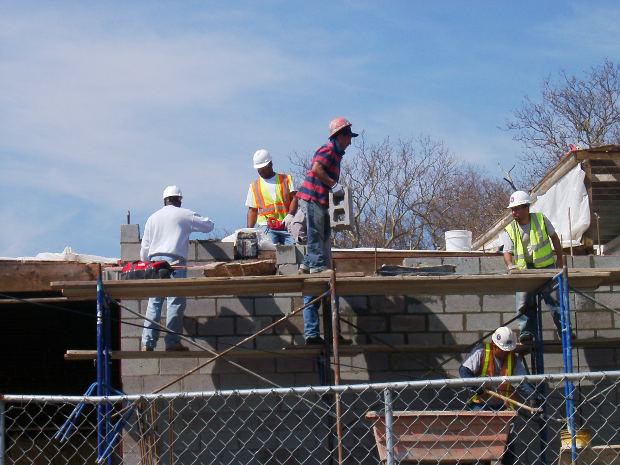 When an employee is injured at work, a certain protocol is taken to investigate how and why the accident occurred. Witness interviews are a crucial part of this protocol, and are heavily relied upon by investigators, as these testimonies provide important information that can help piece together the situation. While the purpose of investigations is not to specifically find fault for an accident, investigations are used to identify the root cause of the incident and help both employers and employees prevent similar accidents in the future. Investigations are also conducted to fulfill legal requirements, determine the costs associated with the accident, determine compliance (on behalf of the employee and the employer) with safety regulations and to determine and correct safety hazards, and to correctly process workers’ compensation claims.
When an employee is injured at work, a certain protocol is taken to investigate how and why the accident occurred. Witness interviews are a crucial part of this protocol, and are heavily relied upon by investigators, as these testimonies provide important information that can help piece together the situation. While the purpose of investigations is not to specifically find fault for an accident, investigations are used to identify the root cause of the incident and help both employers and employees prevent similar accidents in the future. Investigations are also conducted to fulfill legal requirements, determine the costs associated with the accident, determine compliance (on behalf of the employee and the employer) with safety regulations and to determine and correct safety hazards, and to correctly process workers’ compensation claims.






